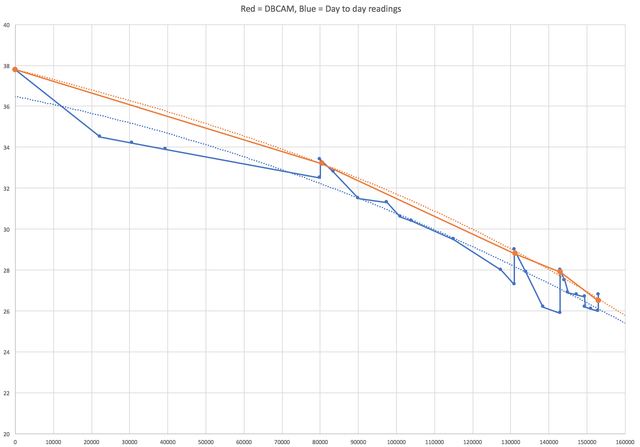HHL said:
.The difference between charging to 4.2V and 4.1V may well be 2Ah, but we know the charging voltage is limited to 4.1V/cell in our cars.
Mitsu says, as part of a warranty claim the dealer must first determine the exact capacity by performing DBCAM. If the outcome is more than 26.0 Ah (Netherlands), there is no basis for a claim.
My line of thinking is this:
You have the real physical capacity (based on 4.2 volt) and you have the capacity made available to us by the BMU (taking into account SoH and and voltage restrictions programmed into the BMU). I don't see any sort / type of capacity in between.
If that makes sense, then apparently the warrant is related to the capacity made available to us by the BMU. By performing a DBCAM, they have not just performed a measurement, they have performed a repair. If the result of this repair (and earlier repairs) lasts less than 10.000 km, one could say the repair was not sufficient. Right?


